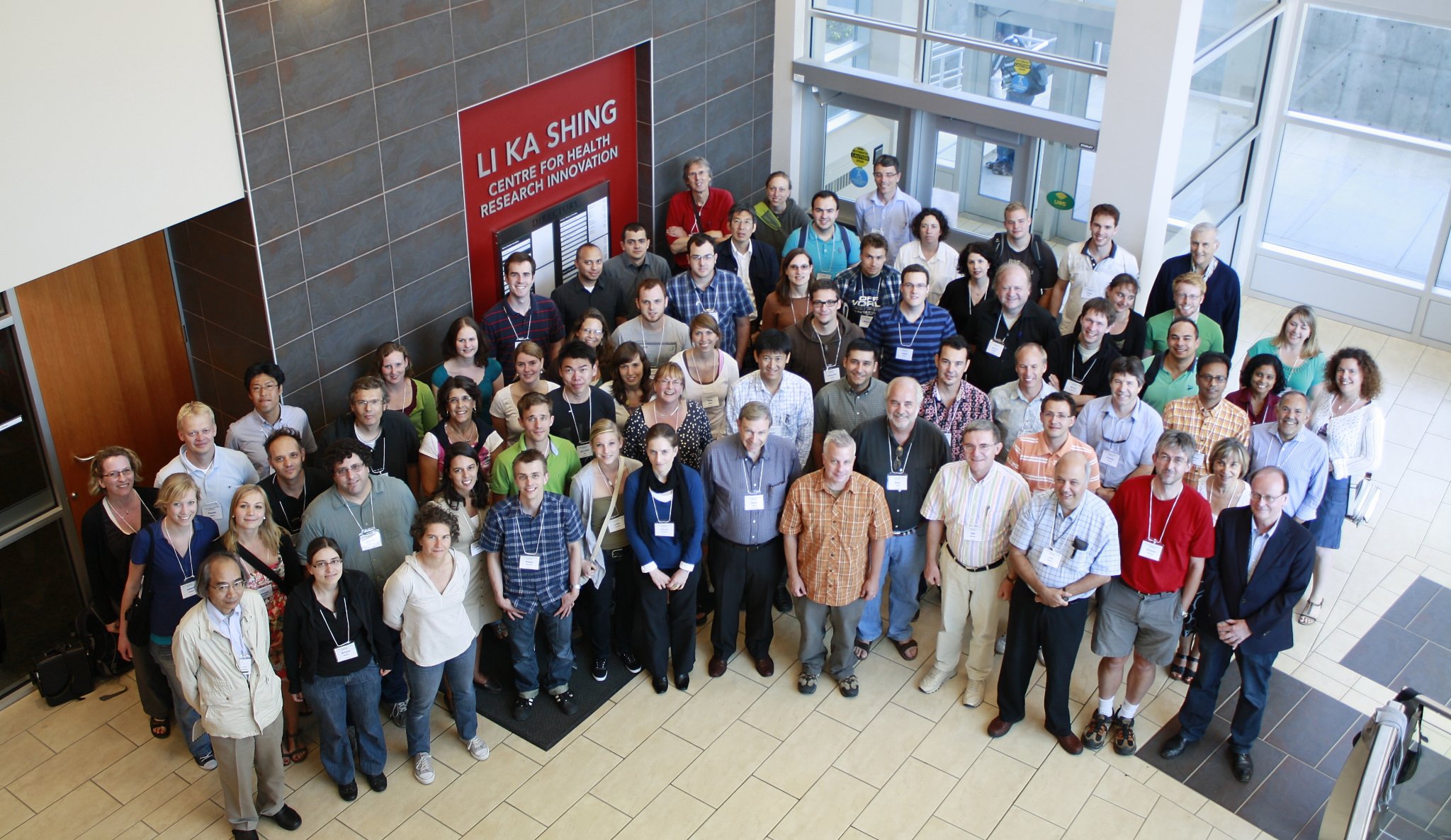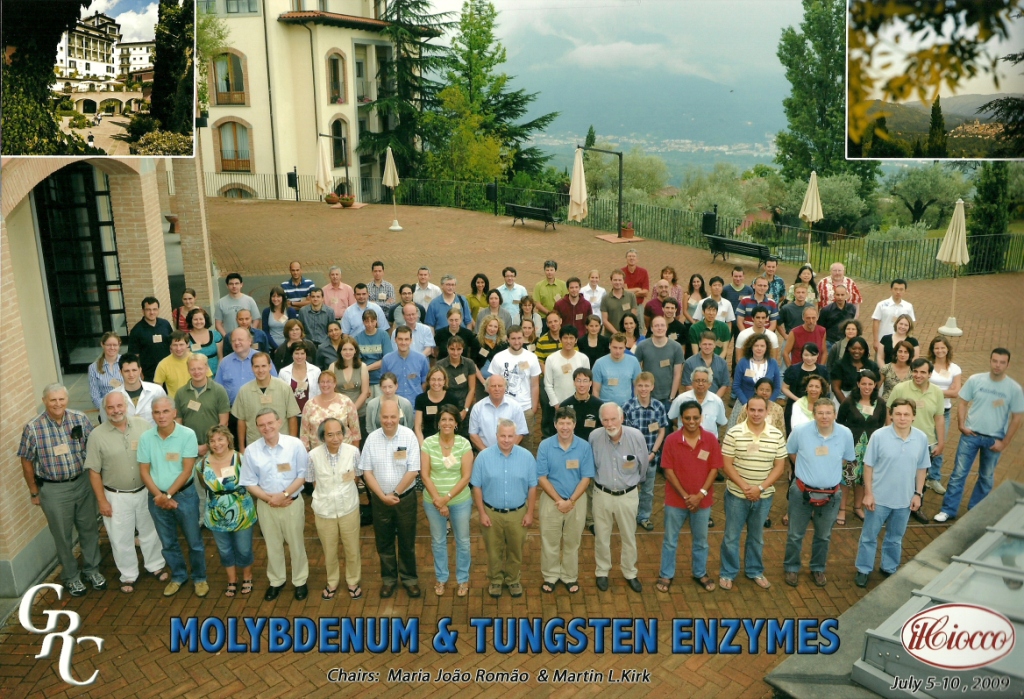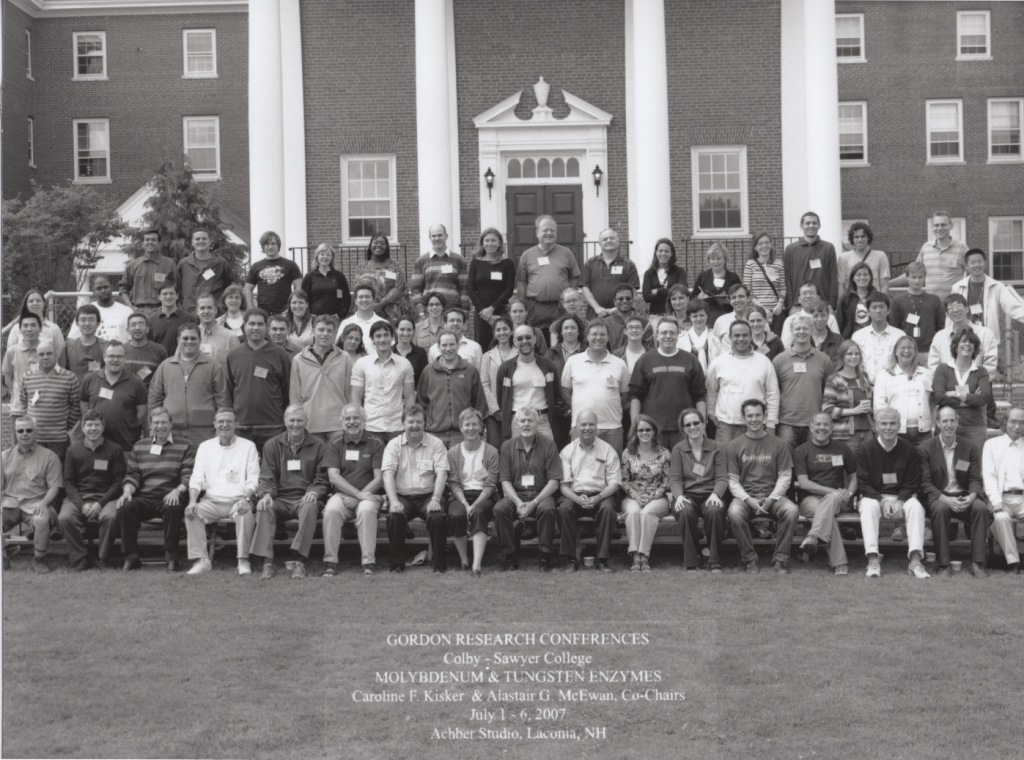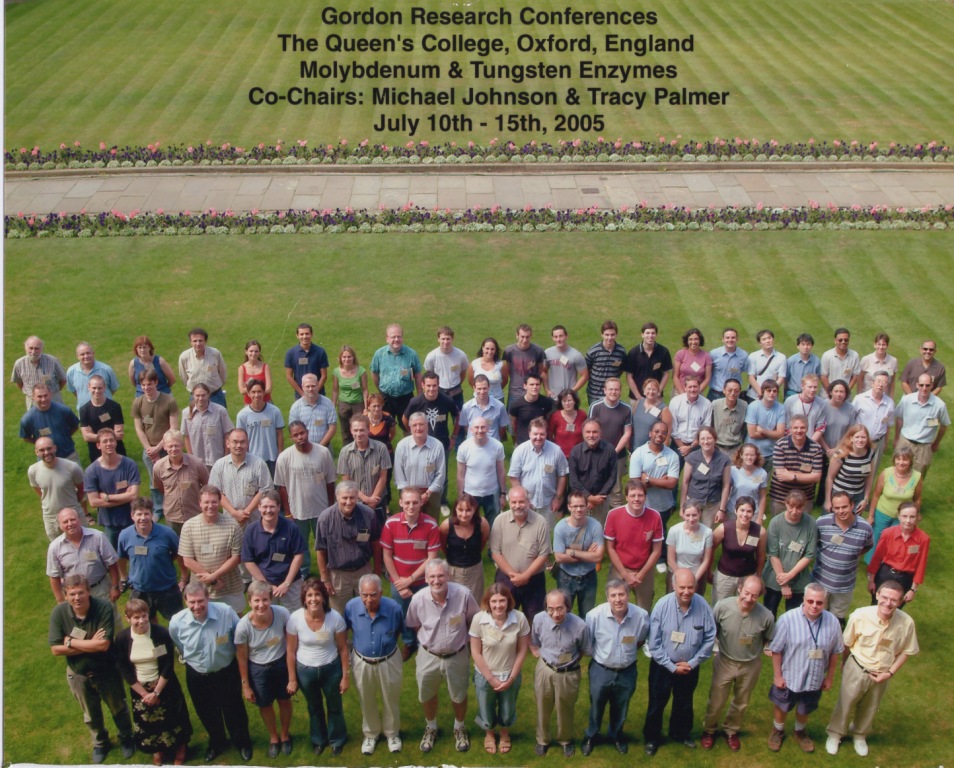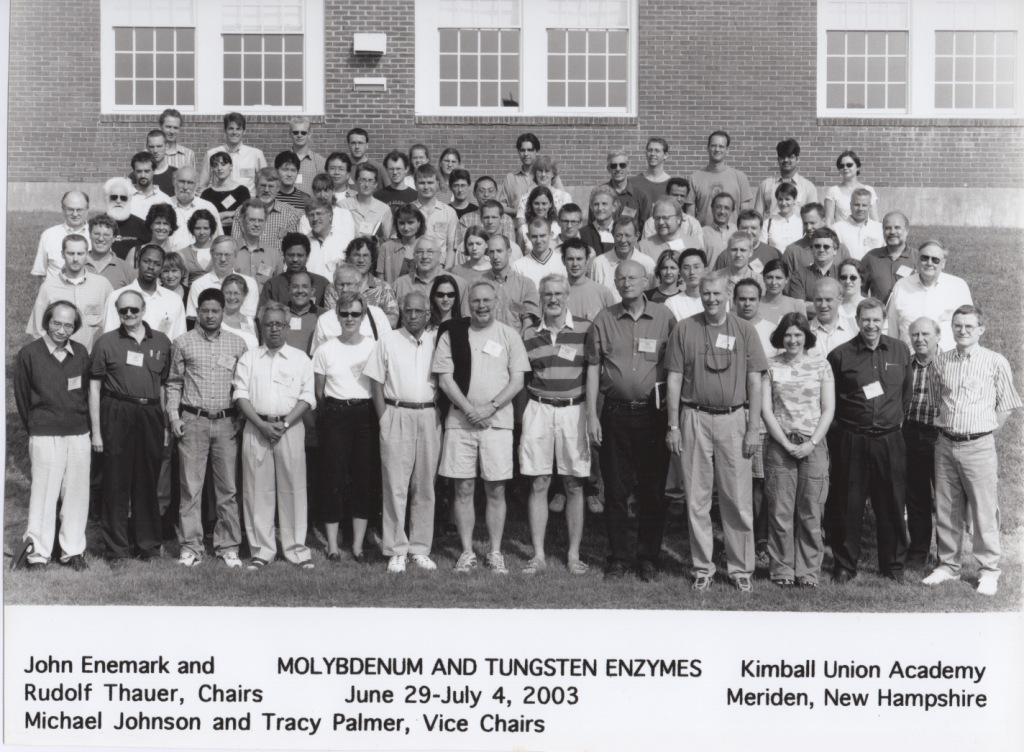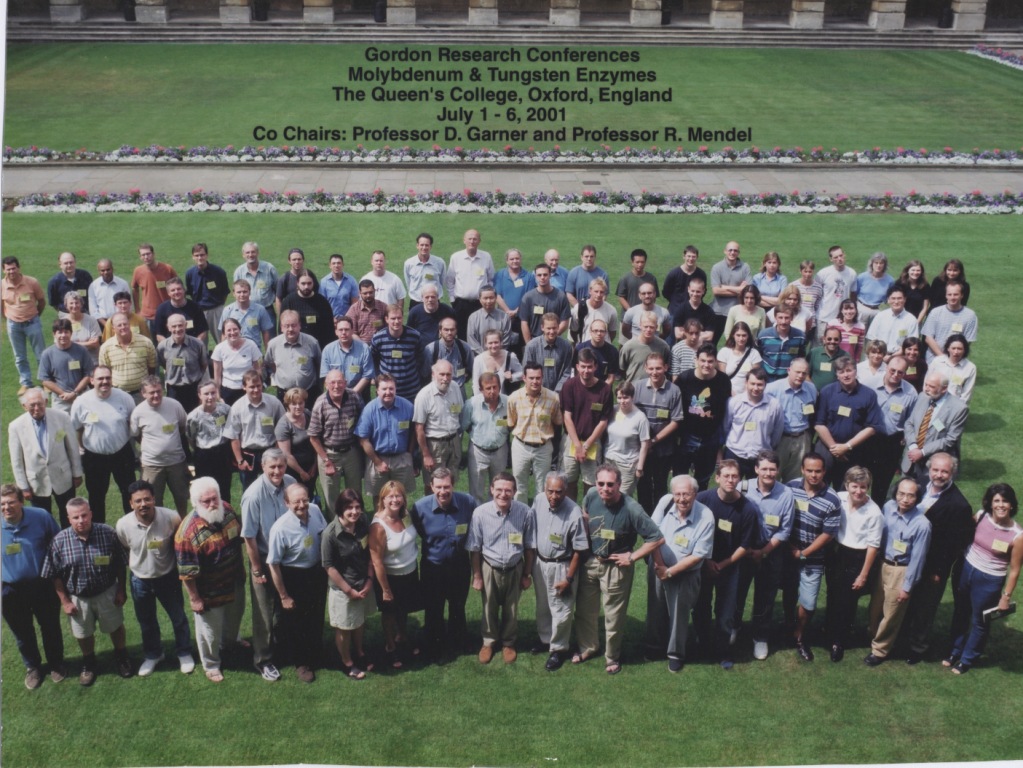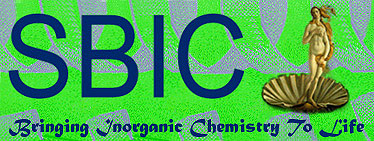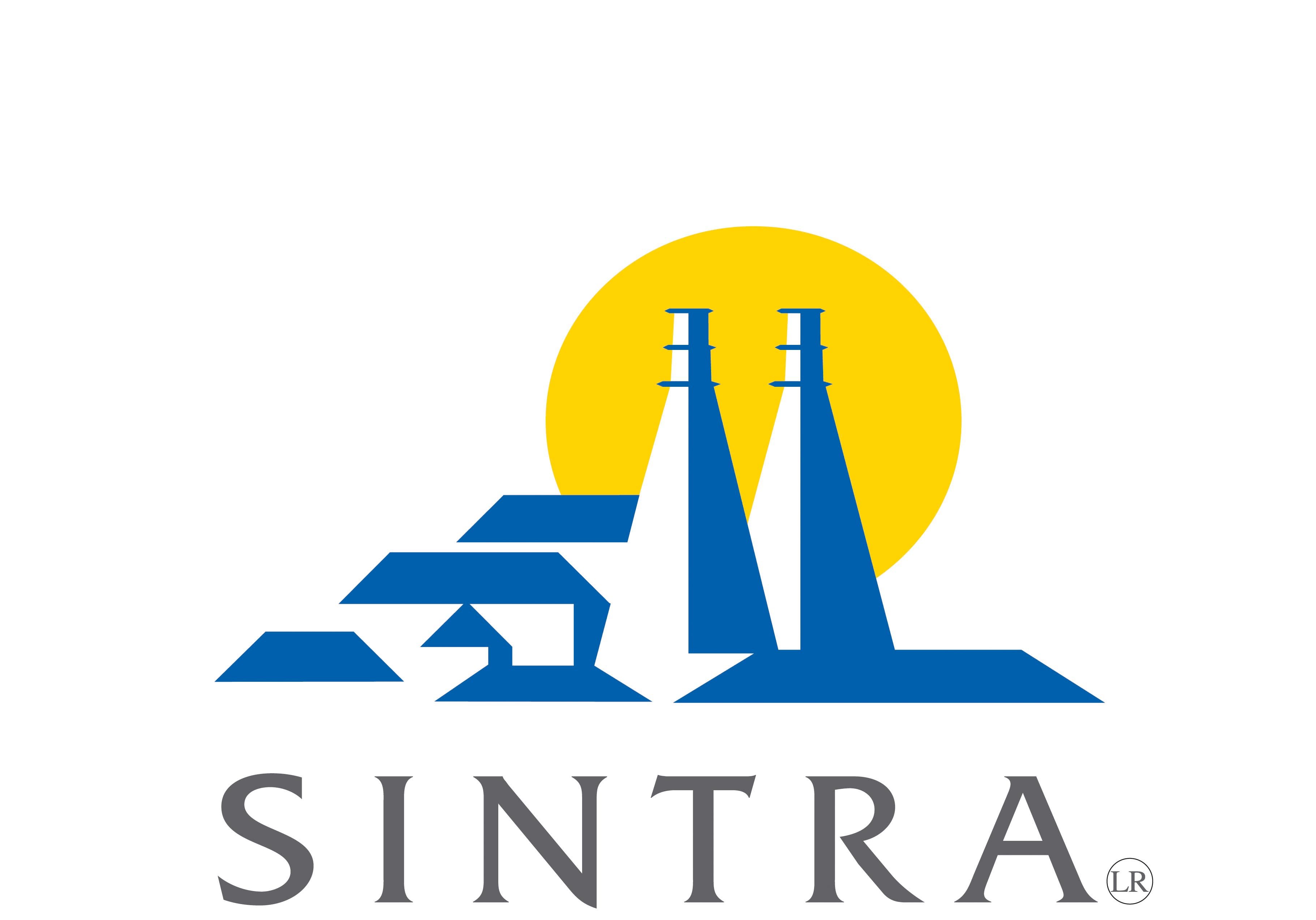Conference History
The first meeting focusing principally on the biology and biochemistry of molybdenum was organized by Robert C. Bray and Russ Hille, April 12-14, 1997, at the University of Sussex as a satellite meeting of the annual meeting of Biochemical Society of the United Kingdom that year. The Sussex meeting brought together an international contingent of biochemists and molecular biologists. It was enthusiastically received by the participants and it became clear that the community was large enough to sustain a meeting of its own. Subsequent discussion among workers in the field led to the suggestion of creating a Molybdenum and Tungsten Enzymes Gordon Conference, and a successful application for the creation of such a meeting was prepared by Ed Stiefel and Russ Hille. This Gordon Conference was held every other year from 1999 to 2009 with the organizers indicated below, but was discontinued at that point. In its place, a Molybdenum and Tungsten Enzymes Conference was organized by Joel Weiner at the University of Edmonton, August 3-6, 2011, immediately prior to the ICBIC 15 meeting in Vancouver that year. Again, it was evident that the community was large and active enough to sustain a regular, but now independently organized, meeting. The 2013 meeting, hosted by José and Isabel Moura and Maria Romão in Sintra, Portugal, represents the next installment of these meetings, with the intention that these be held every other year in future.
In the 1970’s and early 1980’s The Climax Molybdenum Company (later AMAX) sponsored several meetings on the chemistry and uses of molybdenum. The principal focus of these meetings was chemistry and chemical engineering, but they invariably included one or more sessions on enzymes that possessed molybdenum (which at the time was limited to nitrogenase, xanthine oxidase, sulfite oxidase and the assimilatory nitrate reductase from plants).
Contributed by Russ Hille

